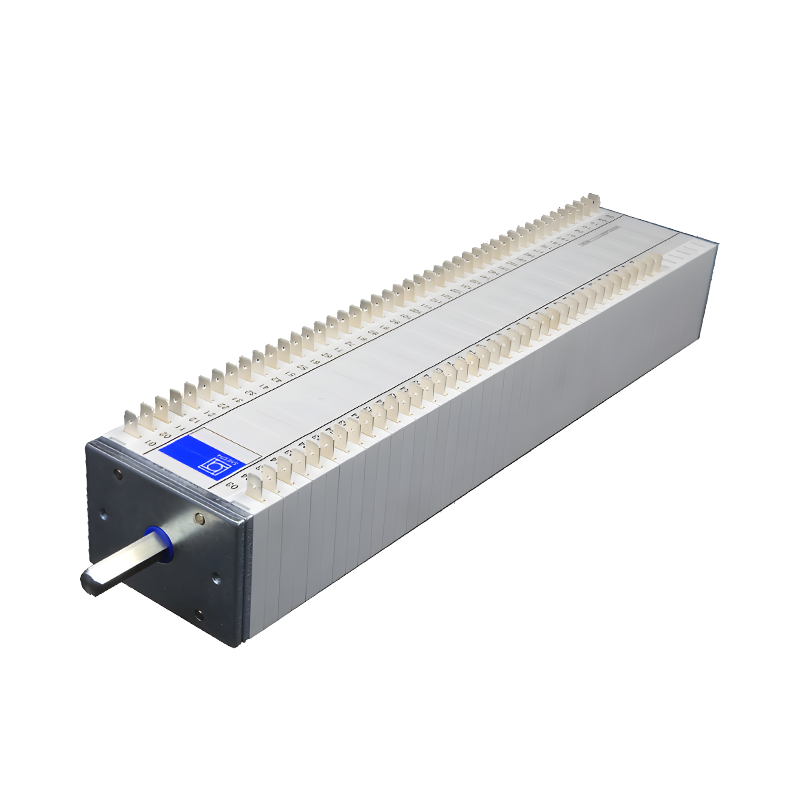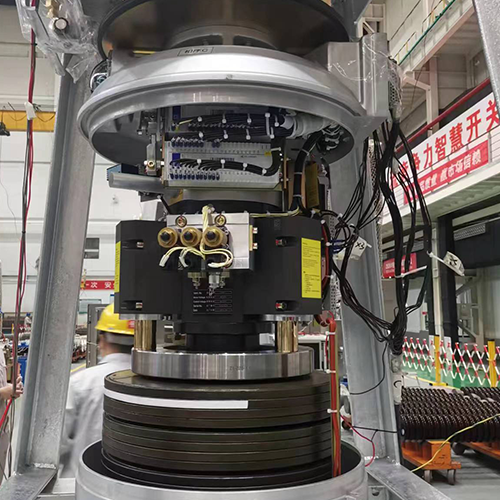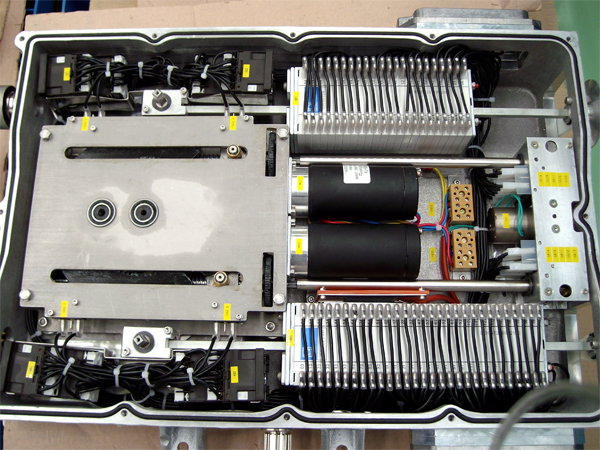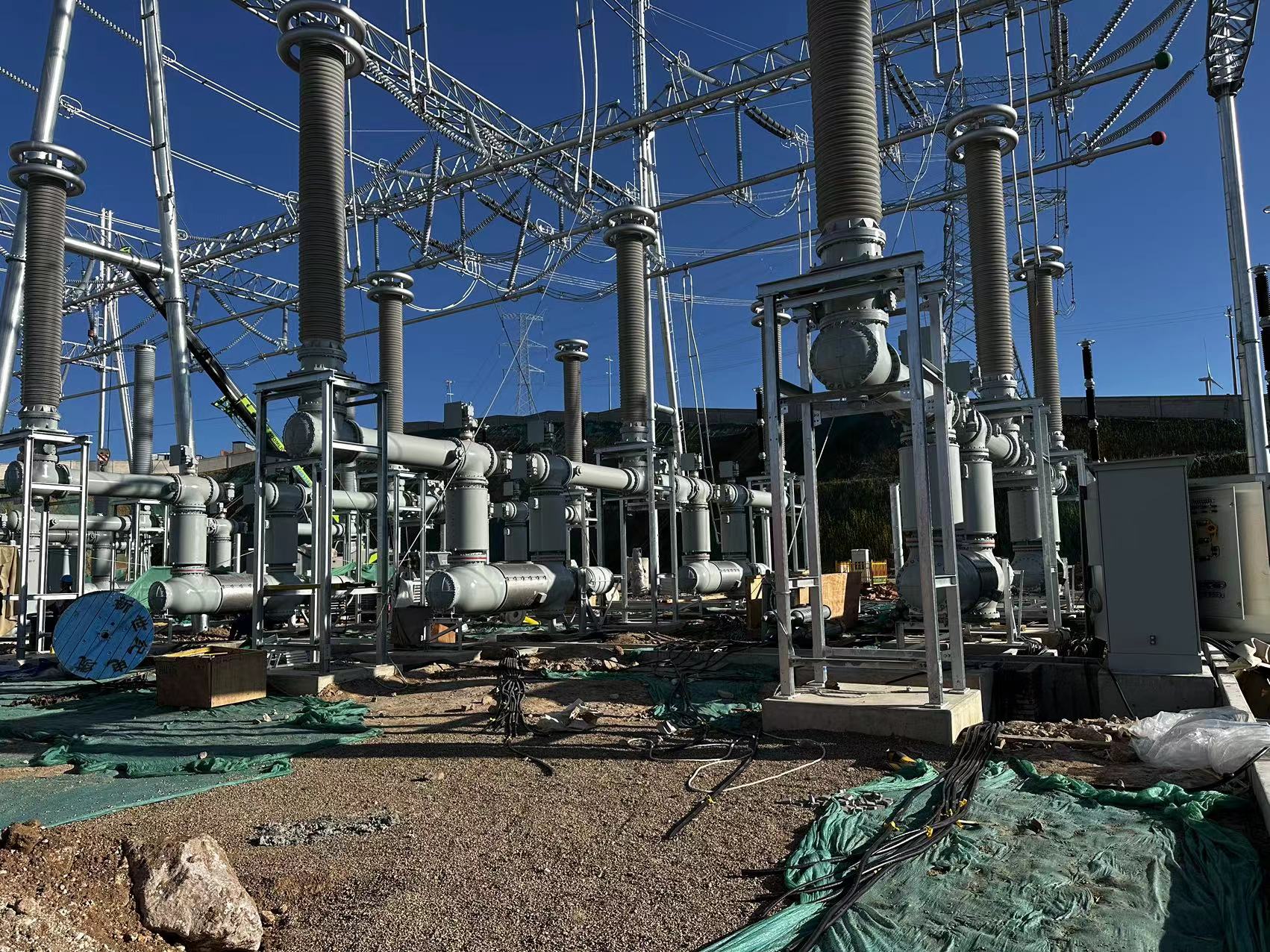

Detailed explanation of the scope of application and usage techniques of the auxiliary switch
Release time:2023-12-03
Detailed explanation of the scope of application and usage techniques of the auxiliary switch
As a common accessory in power equipment, auxiliary switches are widely used in various power systems and can provide effective auxiliary operation functions. This article will introduce in detail the definition, working principle, scope of application and usage skills of the auxiliary switch, hoping to provide useful reference and guidance for readers.
1. Definition and working principle of auxiliary switch
An auxiliary switch is a switching device used to control electrical components. It is usually installed in power equipment such as circuit breakers, contactors, and switch cabinets to monitor and control the status of the circuit. Its working principle is to act based on changes in physical quantities such as current and voltage in the circuit, and realize the operation and control of electrical components through sensors and triggers.

2. Application scope of auxiliary switch
Auxiliary switches are suitable for many electrical equipment, and different equipment will be introduced in detail below:
1. Circuit breaker: The auxiliary switch can monitor the opening and closing status of the circuit breaker and transmit signals to the control system to achieve remote control and automated operation.
2. Contactor: The role of the auxiliary switch in the contactor is to monitor the position and status of the contactor and transmit signals to the monitoring system to achieve remote control and detection of the circuit.
3. Switch cabinet: The role of the auxiliary switch in the switch cabinet is to monitor the status of various electrical components, such as fuses, circuit breakers, etc., and transmit corresponding signals to the control system to achieve protection and control of the power system.

3. How to use auxiliary switch
To use the auxiliary switch properly, there are several tips to pay attention to:
1. Installation location selection: The auxiliary switch should select an appropriate installation location based on the characteristics and needs of the specific equipment. It should usually be installed in a location that is easy to observe and operate for easy monitoring and control.
2. Wiring method: The wiring method of the auxiliary switch should comply with the requirements of the equipment to ensure that the circuit is reliable and stable. When wiring, pay attention to the correct connection and tightening of the terminals to avoid poor contact or loose wiring.

3. Routine maintenance: As an important part of electrical equipment, auxiliary switches require regular inspection and maintenance. Regularly check the contact status of the switch to ensure its normal operation, and remove dust and debris in a timely manner.
4. Troubleshooting: During use, if the auxiliary switch fails, it should be eliminated in time. First, conduct a careful inspection to determine the cause of the failure, and then repair or replace it according to the specific situation.
Through the reasonable application of the above tips, the function of the auxiliary switch can be fully utilized to ensure the normal operation of the equipment and the stability of the circuit.

To sum up, as an indispensable and important accessory in power equipment, auxiliary switches have different applications and functions in different equipment. Understanding the definition, working principle, scope of application and usage techniques of auxiliary switches will help readers more fully understand and master the knowledge of auxiliary switches. I hope this article will be helpful to readers and increase their knowledge and understanding of auxiliary switches.
As a common accessory in power equipment, auxiliary switches are widely used in various power systems and can provide effective auxiliary operation functions. This article will introduce in detail the definition, working principle, scope of application and usage skills of the auxiliary switch, hoping to provide useful reference and guidance for readers.
1. Definition and working principle of auxiliary switch
An auxiliary switch is a switching device used to control electrical components. It is usually installed in power equipment such as circuit breakers, contactors, and switch cabinets to monitor and control the status of the circuit. Its working principle is to act based on changes in physical quantities such as current and voltage in the circuit, and realize the operation and control of electrical components through sensors and triggers.

2. Application scope of auxiliary switch
Auxiliary switches are suitable for many electrical equipment, and different equipment will be introduced in detail below:
1. Circuit breaker: The auxiliary switch can monitor the opening and closing status of the circuit breaker and transmit signals to the control system to achieve remote control and automated operation.
2. Contactor: The role of the auxiliary switch in the contactor is to monitor the position and status of the contactor and transmit signals to the monitoring system to achieve remote control and detection of the circuit.
3. Switch cabinet: The role of the auxiliary switch in the switch cabinet is to monitor the status of various electrical components, such as fuses, circuit breakers, etc., and transmit corresponding signals to the control system to achieve protection and control of the power system.

3. How to use auxiliary switch
To use the auxiliary switch properly, there are several tips to pay attention to:
1. Installation location selection: The auxiliary switch should select an appropriate installation location based on the characteristics and needs of the specific equipment. It should usually be installed in a location that is easy to observe and operate for easy monitoring and control.
2. Wiring method: The wiring method of the auxiliary switch should comply with the requirements of the equipment to ensure that the circuit is reliable and stable. When wiring, pay attention to the correct connection and tightening of the terminals to avoid poor contact or loose wiring.

3. Routine maintenance: As an important part of electrical equipment, auxiliary switches require regular inspection and maintenance. Regularly check the contact status of the switch to ensure its normal operation, and remove dust and debris in a timely manner.
4. Troubleshooting: During use, if the auxiliary switch fails, it should be eliminated in time. First, conduct a careful inspection to determine the cause of the failure, and then repair or replace it according to the specific situation.
Through the reasonable application of the above tips, the function of the auxiliary switch can be fully utilized to ensure the normal operation of the equipment and the stability of the circuit.

To sum up, as an indispensable and important accessory in power equipment, auxiliary switches have different applications and functions in different equipment. Understanding the definition, working principle, scope of application and usage techniques of auxiliary switches will help readers more fully understand and master the knowledge of auxiliary switches. I hope this article will be helpful to readers and increase their knowledge and understanding of auxiliary switches.
